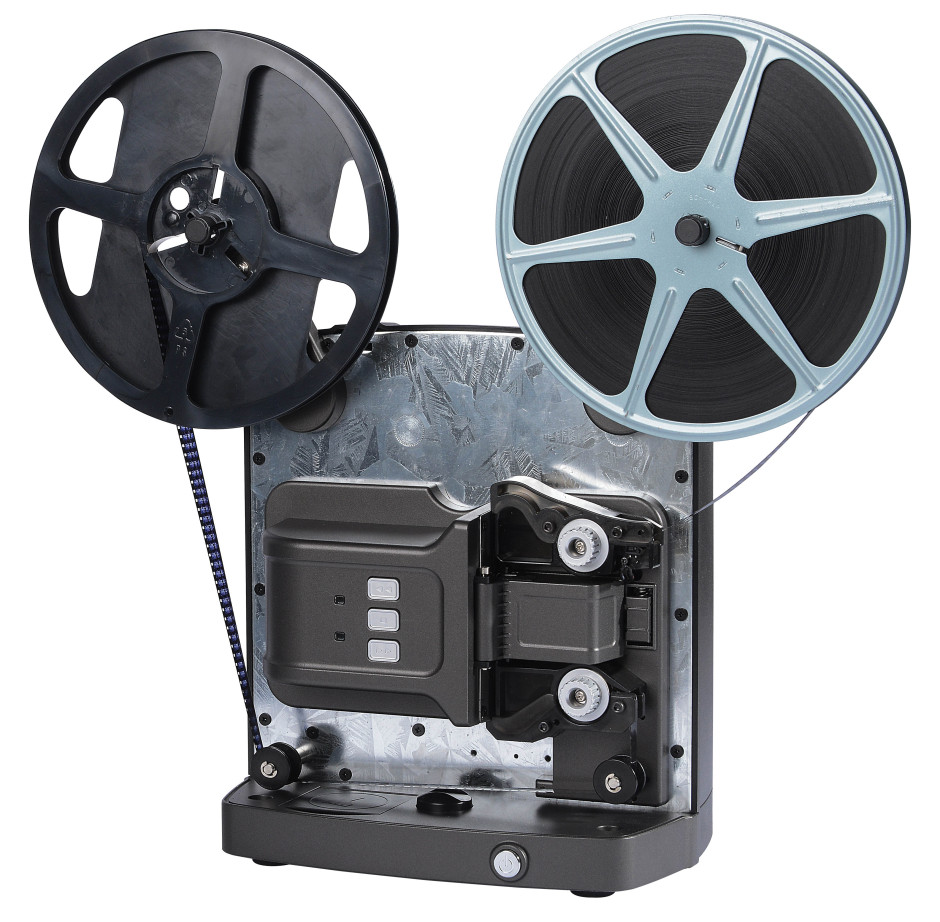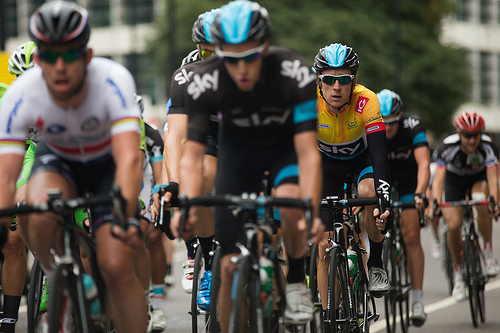I was flipping through a book on film-making when I stumbled over a box-out mentioning the C-47. Or a clothes peg. Wooden clothes pegs are much-used on film-sets, where they don't conduct heat so can't burn people or melt. They make perfect handles for hot barn doors and they hold gels in place without dribbling into a puddle on the floor. Not to mention their grip over scripts, straws, and cables. Sometimes simple soilutions are the best. It did set my mind a-thinking, however. How did the humble clothes peg come to be known as a C-47? After a little digging, I don't have a defnitive answer, but I do have some pleasing stories.

After a plane?
The C-47 was a plane used extensively throughout the Second World War for troop movements, medical evacuations, and reconnaissance, and afterwards when it played a crucial role in the Berlin Airlift. It was a versatile plane, which mirrored the versatility of the clothes peg. Servicemen returning from the front to film studios carried over the name.
From a storage bin?
Some film studio somewhere stored its clothes pegs in a bin designated C-47. The name has stuck.
Its requisition number
Clothes pegs were assigned the catalogue or military requisition number C-47. They became known by their catalogue number rather than their common-or-garden name. Which leads neatly into the accountancy theory...
For accounting purposes
When gaffers and key grips were submitting requisition forms or expenses claims to film studio executives, accountants, and tax officials, they had trouble doing so for a bundle of clothes pegs, no matter how vital their presence was on set. By changing the name to something far more significant sounding, for example the clothes pegs' catalogue number, nit-picking officials were none-the-wiser and the best boys', grips', and lighting crew's fingers remained unburned.
Finally...
It makes a great joke to ask the new boy or girl for a C-47 and they have absolutely no idea what one is. And I'm reliably informed that what I know as a clothes peg (or even just 'peg') here in the UK is known as a clothespin in the US. Not that I'll be using any today for their traditional purpose of hanging washing on a line: it's pouring down.
Written with help from:
- Know your film jargon: The (questionable) true story of the C-47, from Scouting New York
- Pass the C-47s, from DeHavilland's Livejournal
- C-47 Skytrain Military Transport, from Boeing









